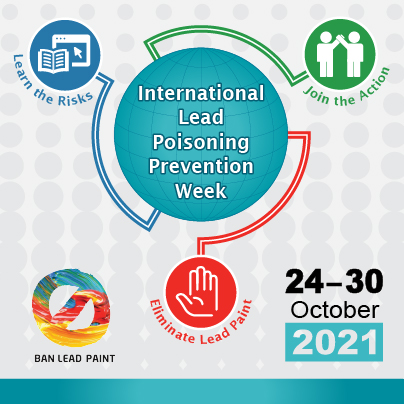In a sobering revelation, a new study from Florida Atlantic University’s Schmidt College of Medicine has found that “deaths of despair” in the United States have more than doubled between 1999 and 2021. The term encompasses deaths related to suicide, drug overdose, and alcohol-related diseases, highlighting a growing crisis in public health.
Understanding Deaths of Despair
The study utilizes the International Classification of Diseases (ICD), a global standard for categorizing diseases and causes of death. While traditionally each disease is viewed as distinct, researchers now recognize that multiple conditions may share underlying societal and psychological causes. Deaths of despair are linked to a range of factors, including chronic liver diseases, mental health conditions, and substance abuse.
The Alarming Rise
Published in Advances in Preventive Medicine and Health Care, the study analyzed data from the U.S. Centers for Disease Control and Prevention’s (CDC) Wide-Ranging Online Data for Epidemiologic Research (WONDER) and Multiple Cause of Death files. Findings reveal that from 1999 to 2021, deaths of despair increased two-and-a-half-fold. By 2021, these deaths ranked as the fifth leading cause of mortality in the U.S., following heart disease, malignant neoplasms, COVID-19, and accidents.
In 2021 alone, 176,386 deaths of despair were recorded, a significant increase that underscores the need for urgent intervention.
A Call to Action
Experts behind the study emphasize the importance of comprehensive strategies that integrate mental health and substance use services into primary care. Dr. Panagiota (Yiota) Kitsantas, senior author and professor at Schmidt College of Medicine, stresses the need for reducing stigma and improving access to these services.
“These data underscore the public health challenges deaths of despair present and advocate for comprehensive strategies that address both their clinical and socio-economic risk factors,” Kitsantas stated.
Similarly, co-author Dr. Charles H. Hennekens emphasizes that while the findings are descriptive, they can serve as a foundation for further research and policy changes. The study also reveals that, as of 2022, deaths of despair were higher among Black individuals than white individuals, with the highest rates among American Indian or Alaska Native populations.
The Road Ahead
Tackling the rise in deaths of despair requires a multi-faceted approach, according to lead author Dr. Maria Carmenza Mejia. She advocates for combining medical, social, and economic interventions to address the crisis holistically.
“Research to elucidate their risk factors is crucial, along with evidence-based policies to reduce them,” Mejia emphasized. “The medical community must continue advocating for the inclusion of social determinants of health in disease classification systems like the ICD to ensure they are addressed in clinical practice and public health policy.”
Conclusion
As deaths of despair continue to rise, researchers, policymakers, and healthcare professionals must collaborate to address the root causes. The study serves as a wake-up call, highlighting the urgent need for integrated healthcare solutions, social interventions, and policy reforms.
Disclaimer: This article is for informational purposes only and does not constitute medical or professional advice. Readers are encouraged to consult healthcare professionals for guidance on mental health, substance abuse, and related issues.












